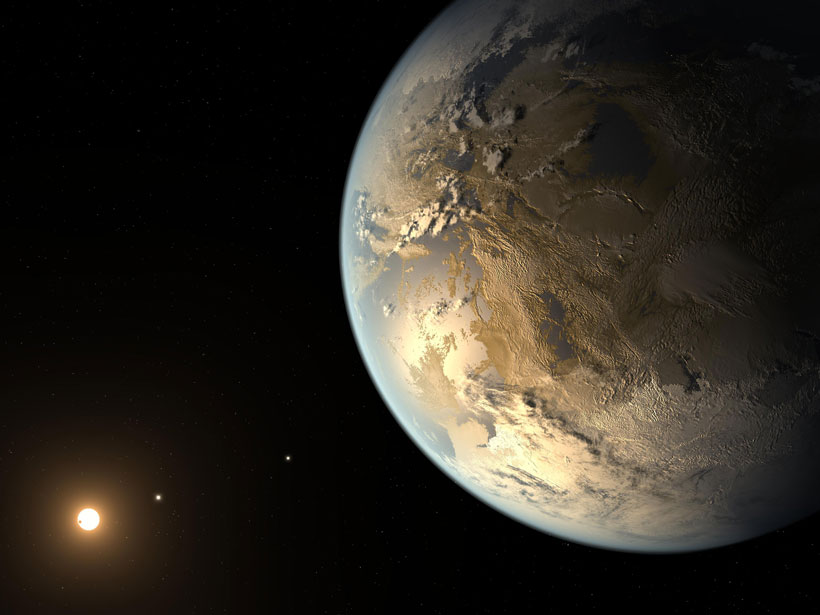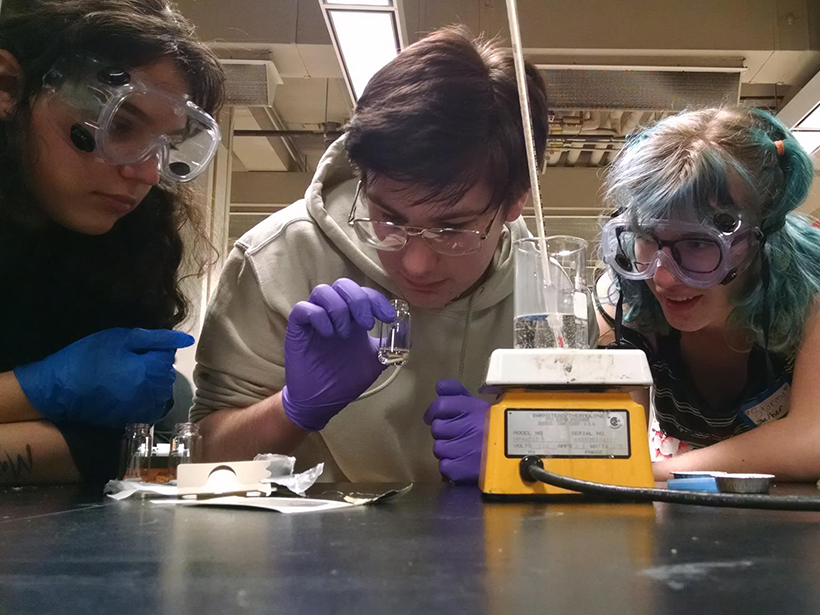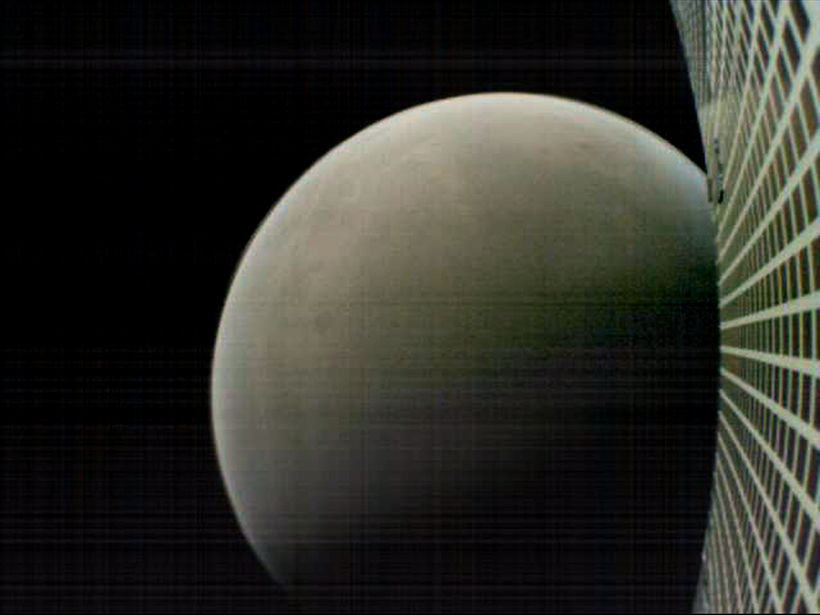Collaborative and interdisciplinary research will be key to realizing the missions’ full potential, according to the exoplanet strategy report.
Kimberly M. S. Cartier
Kimberly M. S. Cartier, Senior Science Reporter for Eos.org, joined the Eos staff in 2017 after earning her Ph.D. studying extrasolar planets. Kimberly covers space science, climate change, and STEM diversity, justice, and education
Coral Reef Video Game Will Help Create Global Database
Players dive off a research boat, identify and classify coral reefs using satellite and drone images, and bring marine life back to reefs. In doing so, they help scientists teach a machine to learn.
Uranus and Neptune Should Be Top Priority, Says Report
Voyager 2 visited the ice giants in the 1980s, the only craft ever to do so. Planetary scientists argue that new missions to each planet would also benefit heliophysics and exoplanet research.
Extinct Megatoothed Shark May Have Been Warm-Blooded
Preliminary results from a recent study may begin to shed light on why megalodons died out before the most recent ice age.
Outreach Events Engage Queer and Transgender Youth in STEM
Run by queer and transgender scientists, a new program aims to help high school students of similar identities see a future for themselves in science.
Hello, Goodbye: First Interplanetary CubeSats Zip Past Mars
The InSight lander safely arrived on Mars early last week. Two tiny spacecraft made up part of its communications array and transmitted landing data back to Earth.
Martian Crater Will Be the Landing Site for a Future Rover
The impact crater is a dry lake bed that contains evidence of ancient water flows and perhaps signs of ancient microbial life.
Exploring Planetary Breadcrumbs One Asteroid at a Time
Six ongoing and future missions explore the variety of asteroids in the solar system, seeking to uncover what makes each of them special.
Could Life Be Floating in Venus’s Clouds?
If present, microbes could explain evolving patterns in the planet’s atmosphere when observed in ultraviolet light.
Girl Scouts Can Now Earn Space Science Badges
Young Girl Scouts can be explorers, adventurers, and investigators as they work toward badges that teach them about the Sun, the solar system, and the stars.










